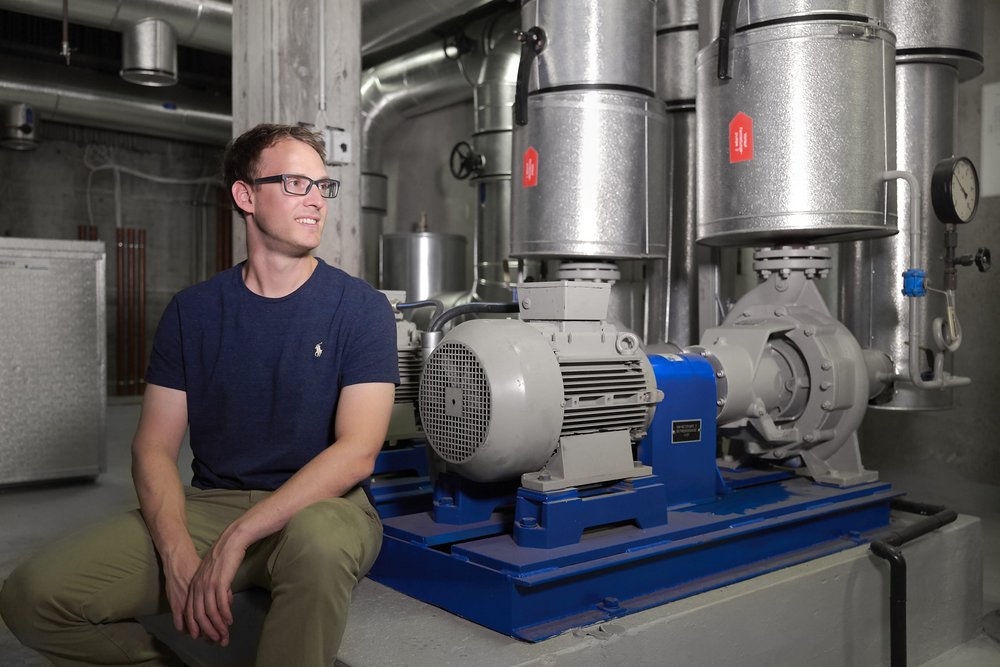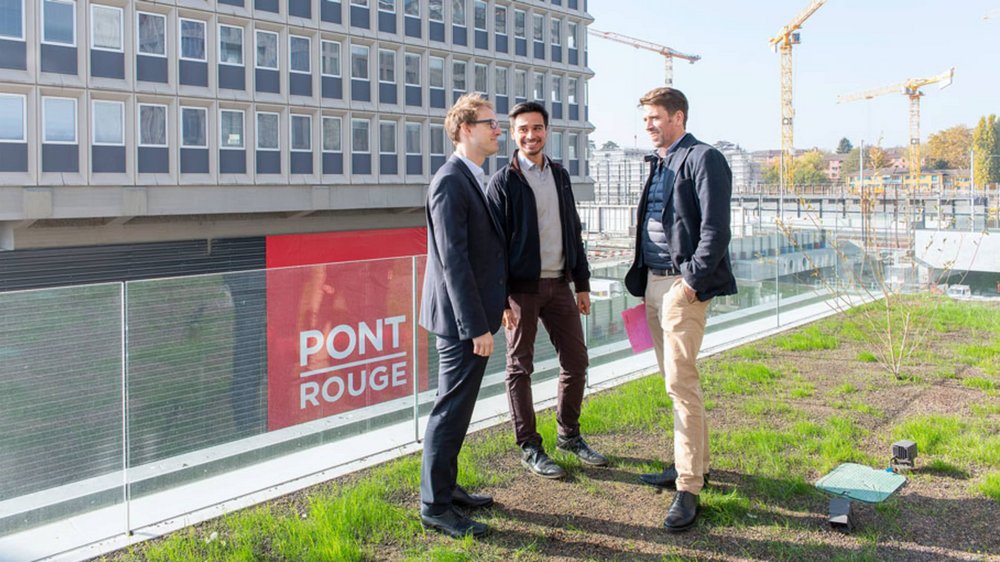Story Detail
On the right track
With its comprehensive sustainability report published in 2017, Swiss Prime Site set the course for far-reaching strategic measures in the area of sustainability. Since then there have been numerous initiatives, proposals and regulations with various focuses from the business, political and social spheres. In our interview, Urs Baumann and Martin Pfenninger, who assumed the role of Head of Group Sustainability from Urs Baumann in spring this year, take stock.
Urs Baumann, what does sustainability mean for Swiss Prime Site?
Sustainability is an integral element of Swiss Prime Site’s corporate strategy. Our goal is to put sustainability at the core of all our business activities. This is the work of the Sustainability Board – consisting of Chairman of the Board of Directors Ton Büchner, Board member Dr Barbara Frei-Spreiter, CEO René Zahnd, Martin Pfenninger, who is in charge of sustainability within the Group, and myself. Together, we formulate the sustainability strategy and objectives, manage measures and monitor the results. In this way, the board makes an important contribution to the long-term, and thus sustainable, orientation of our activities.
And what makes up the sustainability strategy?
Urs Baumann: Our goals and measures are derived from our company strategy and are aligned with ESG criteria (environmental, social and governance). Using materiality analysis, we evaluate and define the topics that will have a significant impact on general economic, social and environmental developments. On this basis, we develop the goals that we include in our sustainability roadmap for implementation. These are based on the six capitals «stakeholders, finance, infrastructure, innovation, ecology and employees» of the «integrated reporting» approach. Furthermore, our goals are aligned with the Sustainable Development Goals of the United Nations, the Paris Agreement and the Swiss government’s Energy Strategy 2050.
Martin Pfenninger: We see it as our responsibility to integrate key sustainability aspects into all of our investment decisions. Here the focus is on our property portfolio, with a value of around CHF 12 billion, as well as our development projects. To live up to our role as the leading listed real estate company, we want to, and must, develop further. Equally decisive is the fact that we are constantly adapting to changing framework conditions and testing and implementing new solutions in real projects. Only through practical application will we succeed in achieving sustainable management, which is also part of our company DNA.
Let’s return to the ESG criteria. What are Swiss Prime Site’s objectives?
Urs Baumann: Our most important environmental objective is to reduce CO2 emissions. Naturally we would like to completely avoid emissions wherever possible. In 2019, we developed a detailed CO2 reduction pathway for the entire property portfolio.
For our social objectives, the focus is on dialogue and knowledge transfer with our stakeholders, as well as employee development and satisfaction. In the area of governance, we have already achieved a lot. For instance, the approval rates from our shareholders and proxy advisors at our general meetings average over 98%.
How did you go about developing the CO2 reduction pathway?
Martin Pfenninger: We began by identifying the relevant drivers and areas of activity within the property portfolio. We focused on operational emissions, as that is something we can directly influence and for which we can define effective measures. We identified the key parameters in heat generation from our own heating systems, electrical energy, energy efficiency and energy production. As the basis for our decision-making, we developed a reference scenario along with various influenceable CO2 reduction scenarios and placed them in the context of long-term climate goals. We ultimately defined the most ambitious of those scenarios as our pathway. The implementation requires the involvement and awareness of numerous stakeholders as well as a high degree of coordination and communication. Now we have to embed the quantitative and time-based goals in day-to-day business, and we need to measure and evaluate their progress. This isn’t something we do on our own – we involve the relevant business areas, for example our portfolio and asset management and do so throughout all the existing property processes.
Do you have any examples of measures being put into operation?
Urs Baumann: We create our new build projects in accordance with the Standard Nachhaltiges Bauen Schweiz (SNBS). We also focus on climate-adapted construction. We commissioned a study for our «maaglive» project, very close to Prime Tower, in which we solicited solutions for upgrading outdoor areas with more vegetation and shaded areas. These considerations will flow into further planning and, using simulations, we can evaluate them before they are implemented during the densification.
Martin Pfenninger: Then there are the modernisation projects, such as the one at our property on Müllerstrasse in Zurich, where we are dismantling the old aluminium façade and recycling the parts or cleaning and reusing them. The material, which is ostensibly at the end of its life cycle, is reused; there is no waste, and this reduces the costs for materials – a pragmatic approach to the complex topic of the circular economy.
For existing properties, we are constantly monitoring the energy consumption of 115 sites using an online system. On the basis of this data, we then carry out optimisation of the heating, cooling, ventilation and lighting systems. We also install photovoltaic systems to promote the production of renewable electricity within sites.
In August 2019, the Swiss Federal Council increased its climate goals. The aim is that, by 2050, the country should emit no more greenhouse gases than can be captured and stored in natural and technological sinks. In contrast to the 2-degree goal set by the Paris Agreement, net emissions are to be reduced to zero. Where does the CO2 reduction pathway of Swiss Prime Site fit in here?
Martin Pfenninger: For our around 1.6 million square metres of floor space, our reduction pathway forecasts an influenceable 75% reduction in relative CO2 emissions (intensity) by the year 2050 – assuming a continued average increase in portfolio and floorspace of 20 000 m2 per year. Our CO2 reduction pathway comes in well under the 2-degree goal of the Paris Climate Agreement, and is closing in on the net zero goal.
Urs Baumann: The reduction pathway is based on current legislation and the technical and site-specific options available to us. It defines the guideposts, and it’s an ambitious innovation project that we are managing dynamically. That means that we are always allowing solutions, bids and other stimuli from the technical side or the energy market to increase precision and expand our reduction pathway.
Does that mean Swiss Prime Site doesn’t see the net zero goal as achievable?
Urs Baumann: While the 2-degree goal – to which we committed ourselves in 2017 – was fairly difficult to understand as a scientifically derived value, the net zero emissions target leaves no room for interpretation. As mentioned, we will fall well below the limits of the 2-degree goal with all the measures available to us. But at the same time, from our current perspective it is clear that we will not be able to achieve net zero by 2050 with our own reduction measures, and with the state of technology as it currently stands. We will have to reach further to achieve qualitative, environmental and social improvements to existing products and services. We are also planning other measures such as greater investment in new technologies and innovations – because we don’t want to take the easy route of offsetting. Responsibility also means recognising the limits of what is possible and introducing effective countermeasures in good time.
Martin Pfenninger, you are taking charge of sustainability for the entire Swiss Prime Site Group at a challenging time. Can you give us an idea of what lies ahead?
The topic of sustainability – despite, or precisely because of, current challenges – has once again gained in significance. This confirms that we are on the right path. In recent years we have already managed to achieve so much and, with the new Sustainability Board, the topic is now embedded at the highest level. However, we are aware that we have only just set out on that path and that we are at the beginning of a real transformation.
The CO2 reduction pathway we issued is an example of how we define strategic sustainability objectives in the environmental field. I now see it as our clear-cut duty to take all necessary measures to implement the reduction pathway and to represent it as an integral part of our long-term financial planning.
At the same time, regardless of the major challenge of continuous CO2 reduction in the property portfolio, we can’t lose sight of the other sustainability dimensions across the entire Swiss Prime Site Group. I am confident that we can generate added value for our stakeholders, create living spaces and consistently follow the CO2 reduction pathway we have embarked upon.
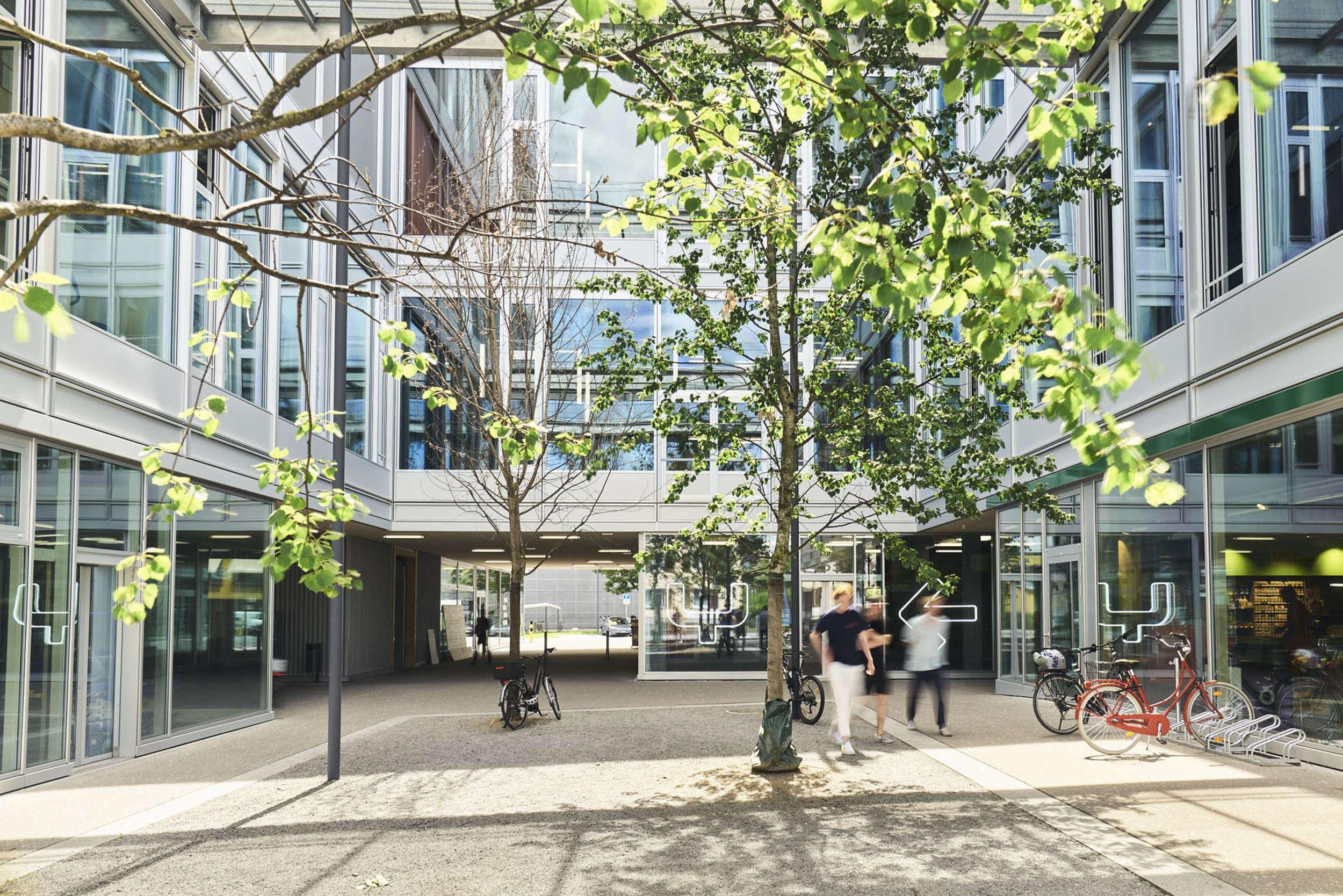
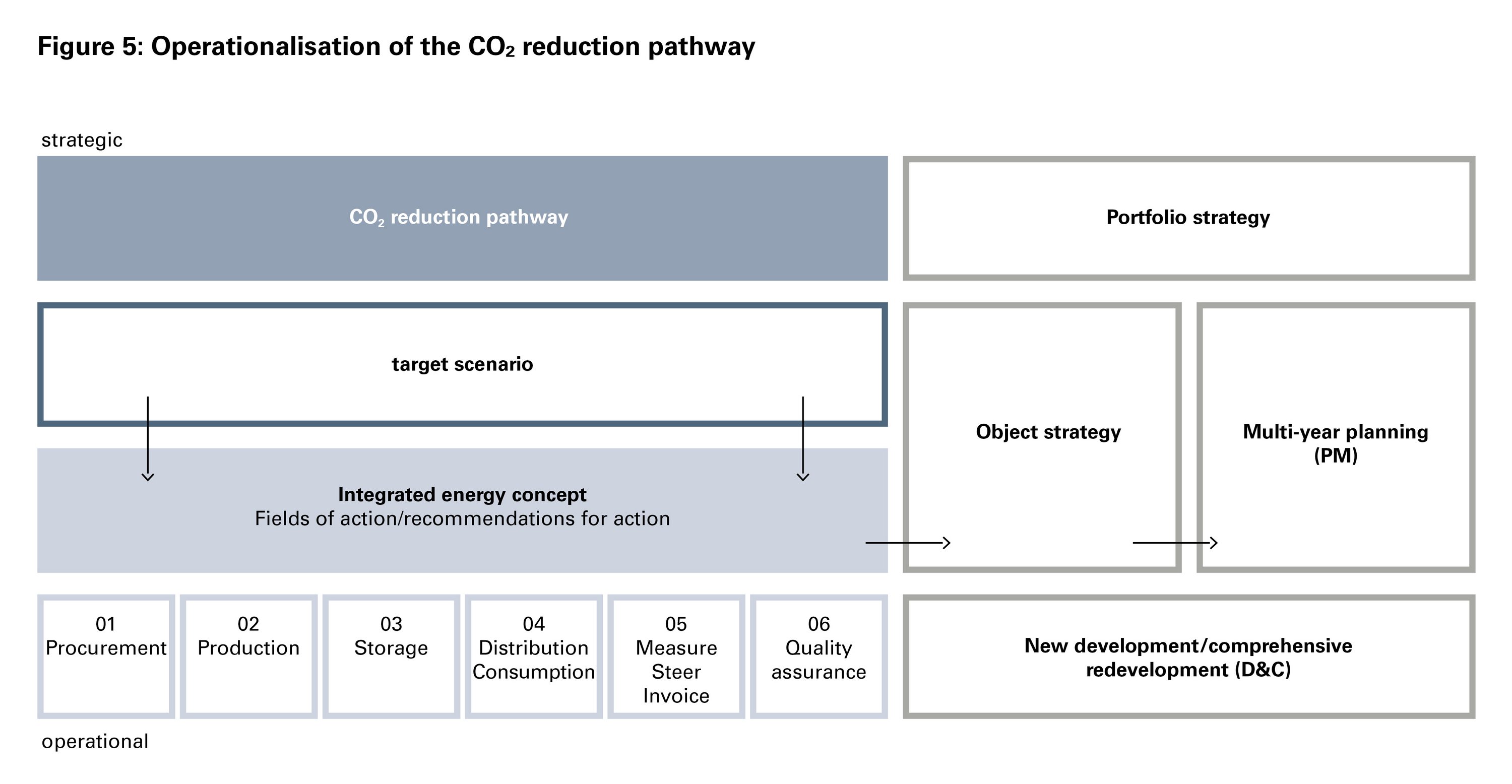
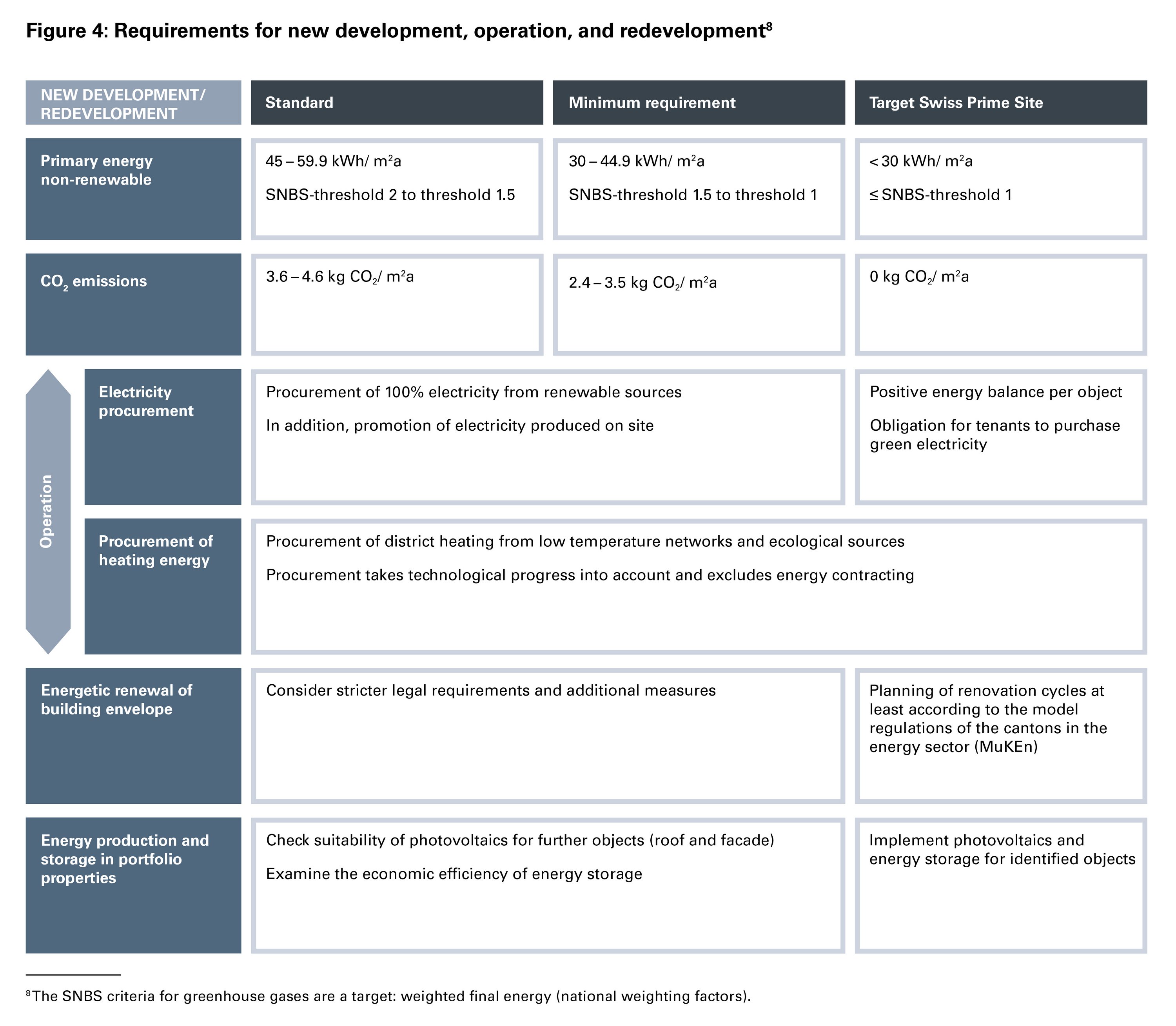

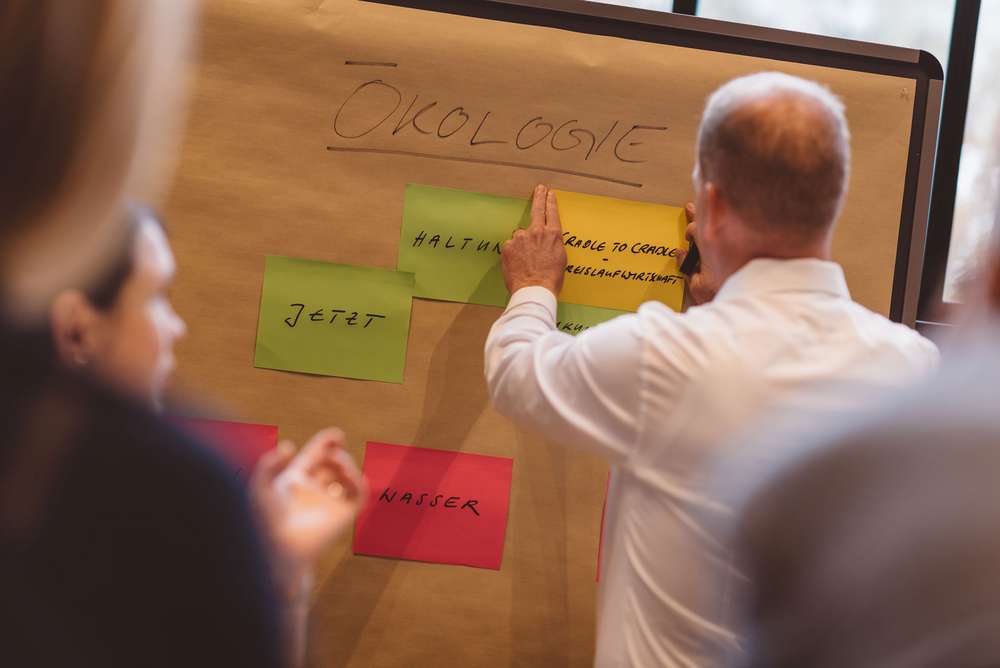
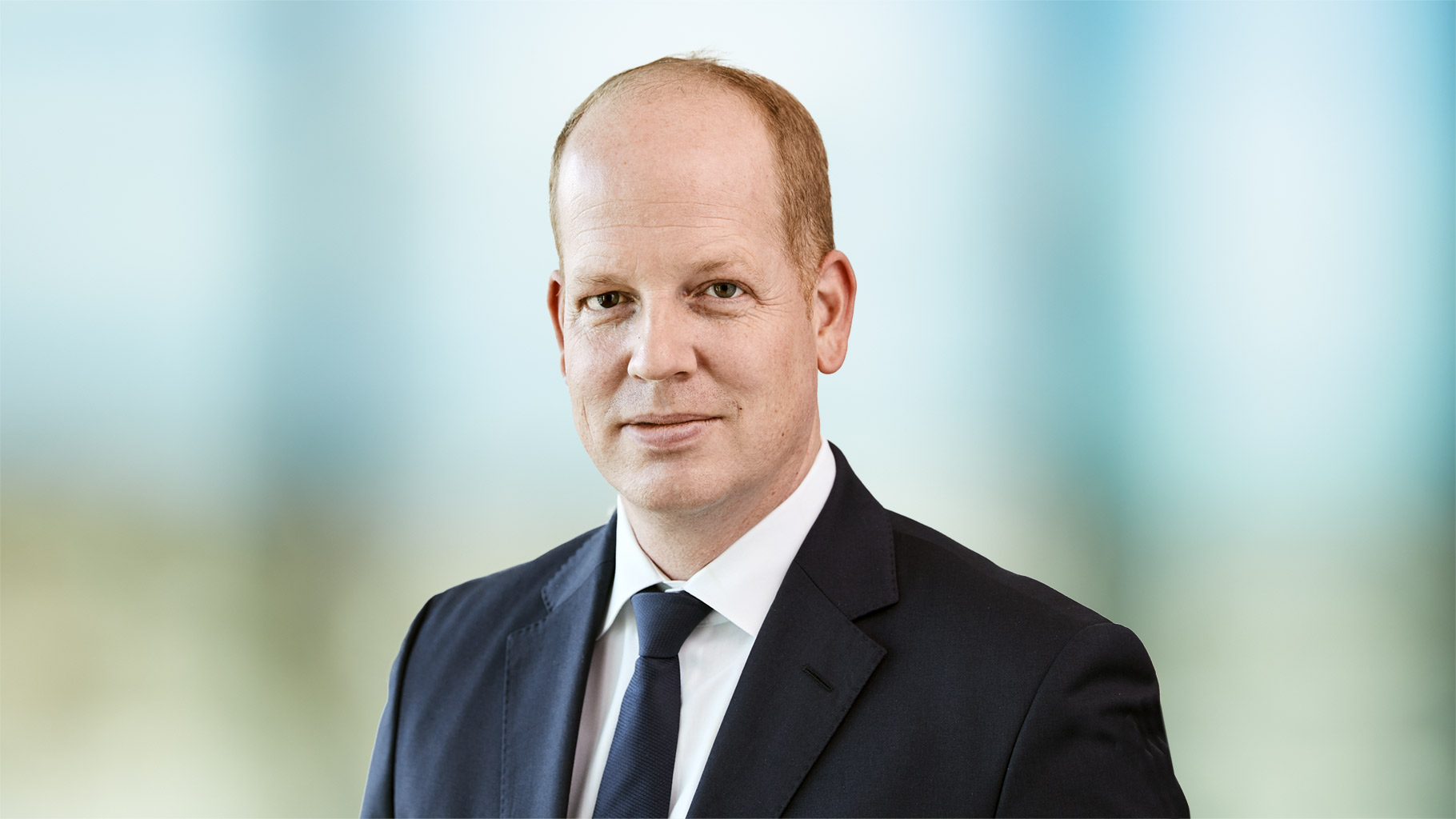
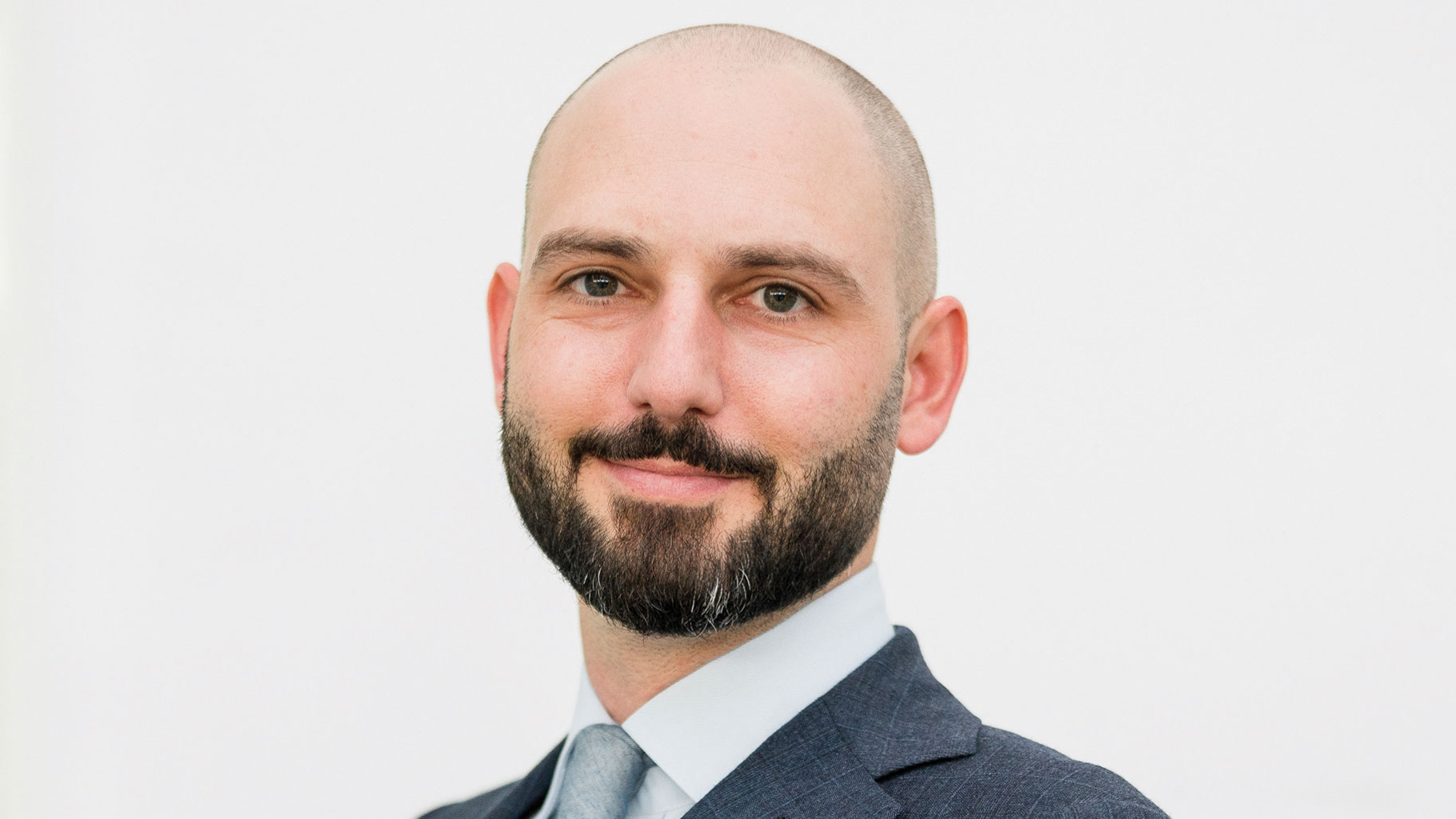
![[Translate to Englisch:] [Translate to Englisch:]](/fileadmin/_processed_/2/b/csm_CO2-Kennzahlen_11_ea6896977c.jpg)
